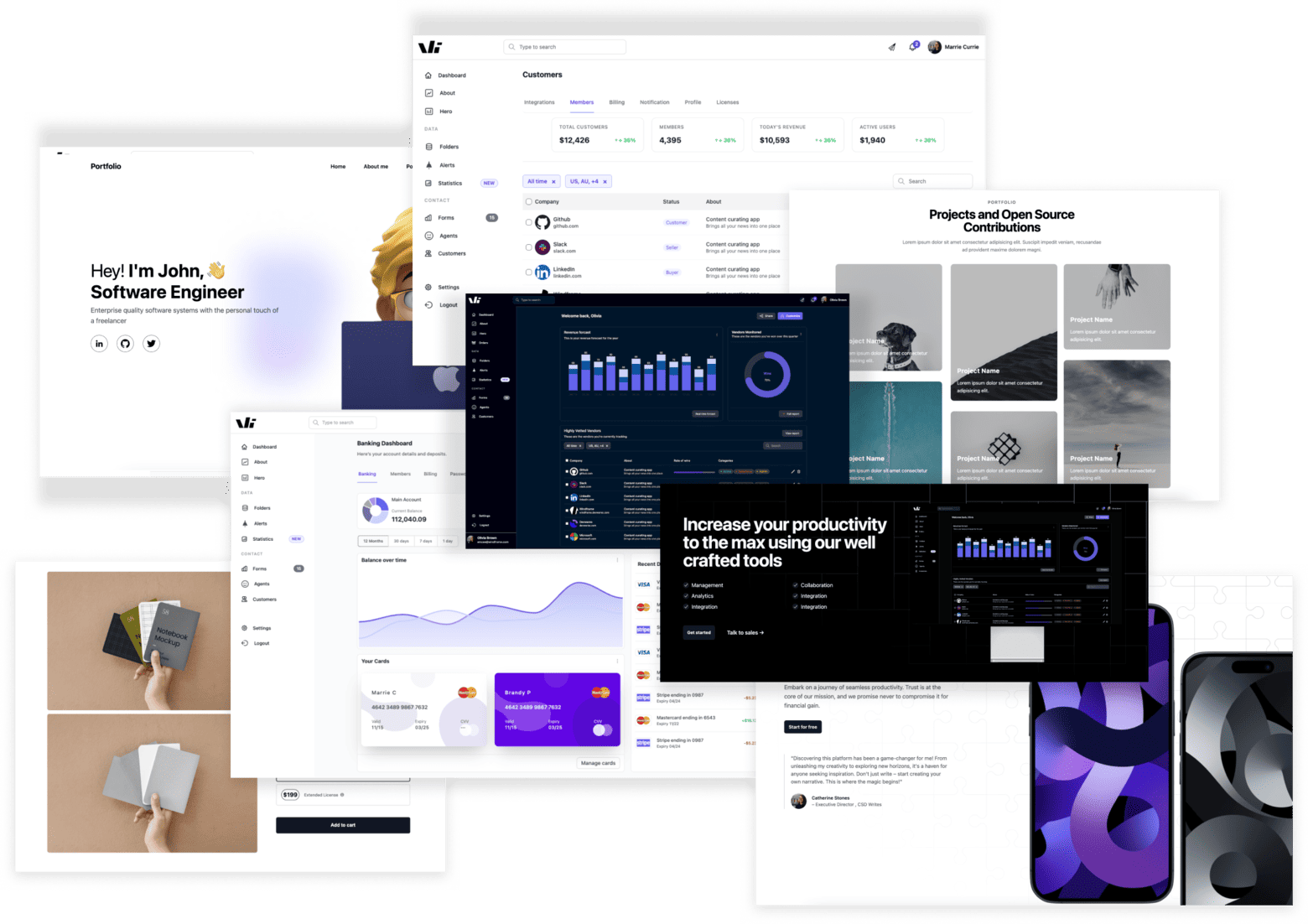2 months ago
The idea is to create an online platform tailored for design students and aspirants preparing for competitive exams such as UCEED, CEED, NIFT, and others. The platform will provide comprehensive resources, including structured courses, mock tests, previous year question papers, study materials, and performance analytics to help students excel in these exams. It will feature two main dashboards: Student Dashboard: A user-friendly interface where students can access courses, take mock tests, review past papers, track progress, and receive personalized feedback. Admin Dashboard: A management interface for administrators to upload, organize, and update content (courses, tests, papers), monitor user activity, and manage platform operations. The platform aims to streamline exam preparation, enhance accessibility to quality resources, and provide an interactive learning experience for design aspirants. Ideation and Key Features Student Dashboard Features: Course Library: Access to video lectures, tutorials, and study notes categorized by exam (UCEED, CEED, NIFT, etc.). Mock Tests: Timed, exam-style mock tests with instant scoring and detailed solutions. Previous Year Papers: Downloadable question papers with answer keys and explanations. Progress Tracking: Visual analytics (e.g., graphs, charts) to monitor performance, strengths, and weaknesses. Personalized Recommendations: AI-driven suggestions for courses or topics based on performance in mock tests. Discussion Forum: A community space for students to discuss doubts, share strategies, and collaborate. Mobile-Friendly Interface: Responsive design for seamless access on desktops and mobile devices. Notifications: Alerts for new courses, upcoming tests, or deadlines. Admin Dashboard Features: Content Management: Upload and categorize courses, mock tests, and question papers. Edit or remove outdated content. User Management: Monitor student registrations, subscriptions, and activity logs. Analytics: View platform usage statistics, such as popular courses, test completion rates, and user engagement. Question Bank: Create and manage a database of questions for mock tests, with options to randomize or categorize by difficulty/topic. Notifications & Announcements: Send updates or alerts to students about new content or platform changes. Moderation Tools: Oversee forum discussions and ensure content quality and relevance. Subscription Management: Handle premium plans, if applicable, and track payments. Unique Selling Points (USPs): Exam-Specific Content: Tailored resources for each design exam, ensuring relevance and focus. Adaptive Learning: Mock tests adapt to the student’s skill level, offering easier or harder questions based on performance. Affordable Access: Freemium model with free basic resources and premium courses/mock tests for subscribers. Mentorship Integration: Option for live Q&A sessions or mentorship from design exam toppers or instructors. Offline Access: Downloadable content for offline study, catering to students with limited internet access. Technology Stack Suggestions: Frontend: React.js with Tailwind CSS for a responsive, modern UI. Backend: Node.js with Express for handling API requests and user data. Database: MongoDB for flexible storage of courses, tests, and user data. Authentication: Firebase or JWT for secure user login and role-based access (student vs. admin). Hosting: AWS or Vercel for scalable deployment. Analytics: Chart.js or D3.js for visualizing student progress and admin insights. Monetization Strategy: Freemium model: Free access to sample courses and limited mock tests; premium subscription for full access. Pay-per-course or pay-per-test options for flexibility. Affiliate partnerships with design institutes or coaching centers. Challenges to Address: Content Quality: Ensure courses and tests are up-to-date with the latest exam patterns. User Engagement: Gamify learning (e.g., badges for completing tests) to retain users. Scalability: Plan for increasing user base and content volume without performance lag. Accessibility: Support multiple languages and ensure inclusivity for diverse users. Steps to Follow: Create a Welcome Page. Create a LogIn / Signup Page. Create a Dashboard. Welcome Page consists of: On top - Logo, Login/Signup, Menus[Pricing, Q&A, Courses]. Short Introduction about this platform. Courses. Why DesignThink (how things work in this platform). Advance features (in the subset of Why DesignThink). Pricing. Reach Us or Contact us. The dashboard consists of: Side Panel. Dashboard. Learn. Test/Exercise. Ask/Discuss. Top Panel. Progress bar. Lesson or Page information/Detail. Search topic icon. Content Panel. Lesson cards. Filter/Sort button. option for dark theme
Windframe is a drag and drop builder for rapidly building tailwind css websites and UIs
Start building stunning tailwind UIs!

